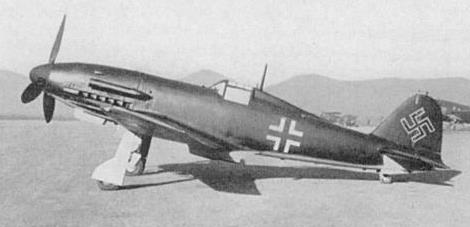
The most highly developed fighter produced in Italy during the war, the sole G.56 prototype was flown in March, 1944 ( first flew on 28 March, 1944), under German authority. A G.55 serie 1 airframe was fitted with the improved DB 603A engine, which produced 1510 h.p. at 5700m. and had a 1750 h.p. take off and emergency rating. This engine was the only major change from G.55 serie 1 specification, yet it increased the length by 19 cm, the weight by 154 kg, and the maximum speed by 64.37 km/h. Retaining the excellent maneuverability that characterized almost all Italian fighter designs, the G.56 possessed sufficient speed and firepower (armament being that of the G.55 serie 1) to match any Allied or German fighter on even terms, actually proving itself superior to the Bf 109K, Bf 109G and Fw 190A in comparative tests. The shortage of engines which limited G.55 production was even more acute with respect to the DB 603 unit, with the result that no production of the G.56 was seriously contemplated.
Like the Messerschmitt Bf 109f, the gun 20 mm MG 151/20 could shoot from the propeller hub, the latter would have to be replaceable with a 30mm gun. The two machine guns on the hood were eliminated, keeping the two guns MG 151/20 in the wings. This configuration made it a more aerodynamic nose with which it has reached a speed of 685 km/h in horizontal flight in the tests of flight, and that earns him the title of fastest piston airplane ever built in Italy, after the Macchi-Castoldi MC72 (October 23, 1934 - 711,462 km/h).
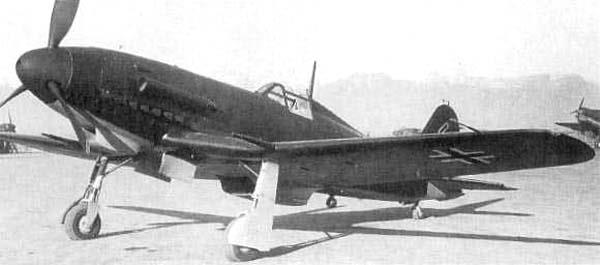
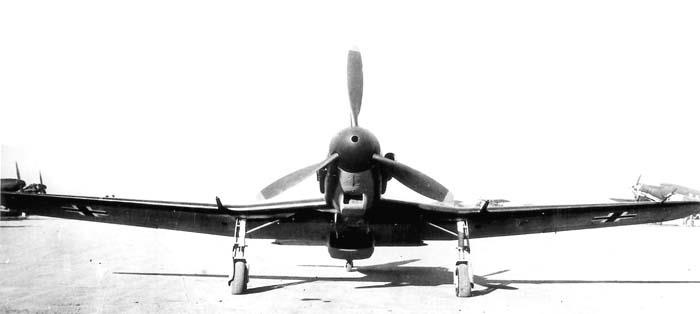
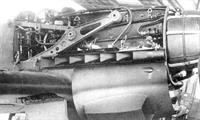
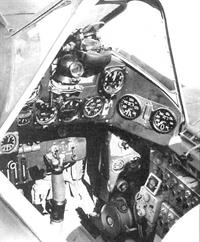

| Type |
Single seat fighter |
| Engine |
1 Daimler-Benz DB 603A |
| Dimensions |
Length 9,56 m , height 3,13 m , span 11,85 m , wing area , |
| Weights |
Empty 2900 kg, loaded 3854 kg , max. take off weight |
| Performance |
Max.. speed 685 km/h , cruising speed , range 1280 km, endurance , service ceiling 13400 m , climb |
| Armament |
3 MG 151/20 |
| Type |
Werk.Nr |
Registration |
History |
|
|
M.M.537 |
|



